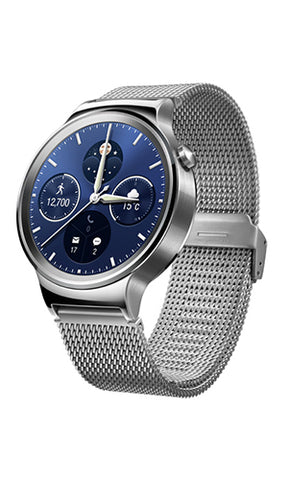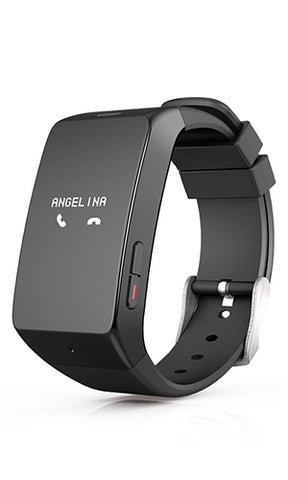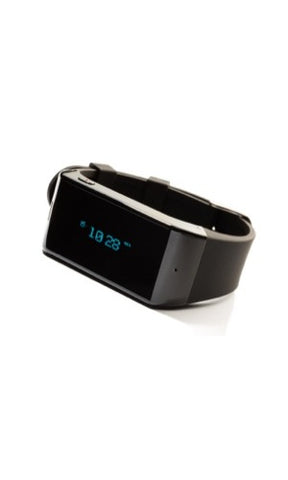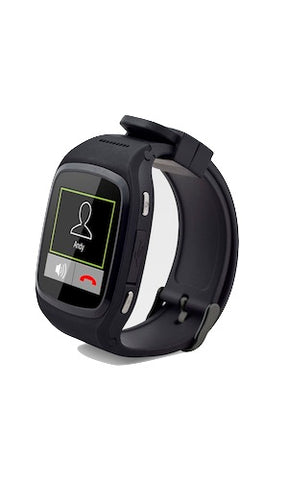The Apple Watch: What We Know
Written By
Wearables.com
Yesterday Apple unveiled the much anticipated Apple wearable, though in a surprising move chose not to dub it “iWatch” as most speculators had been calling the device for months. Instead, Tim Cook announced the device that is simply called “Apple Watch.” The smartwatch will be available for purchase in early 2015 and has a starting price of $349.
Apple Watch will be available in three variations:
- Apple Watch: available in polished stainless steel.
- Apple Watch Sport: available in anodized black and gray
- Apple Watch Edition: the premier (read: most expensive) line, with the watch available in 18-karat rose or yellow gold.
The smartwatch is also available in two sizes 38 millimeters, and 42 millimeters, to both allow for personal style preferences and wrist size. Each collection has its own line of accessories, mainly watch straps, that can be swapped in and out to create a personal look. Bands will be offered in a variety of sporty neon-colored polymers, stainless steel, and high quality leather. Also, much like those familiar with Pebble, a variety of watchfaces will be available to give users even more customization opportunities. Perhaps to differentiate itself from known Android Wear watches, such as the Moto 360, Apple chose a squared face over a round one. This face is a flexible, retina, sapphire-coated OLED touch display, which has yet to be put to the “direct sunlight test.” The display can sense force, which allows it to distinguish between a tap and a press, which will pull up different features within the watch.
The Watch’s sensors are motion based to trigger the display turning on when you turn your wrist. Given the size of the screen, Apple creatively designed the watch crown, dubbed “the digital crown,” to act as the zoom function. The digital crown acts more broadly as an input to make changes within apps. The most critical component of this feature is that you can interact with the screen without obscuring your viewpoint, say by using your fingers to zoom on the touchscreen.
The Watch also features a taptic engine, which allows for haptic sensations and communication with others, via gentle “taps” that you feel on your wrist. You can send other Apple Watch wearers a tap, a sketch, and perhaps most personally, you can also send your heart beat (via the Watch’s custom heart rate sensor). This is in addition to preset message responses, and audio input that you can send via the smartwatch to messages received.
The Watch includes native activity apps, as shown in the video above, which focus around three pieces: Stand, Exercise, and Move. Rings on the Watch show your progress against goals in all three areas.
WatchKit, the development platform for apps for the Apple Watch, was also featured in the event yesterday. Apple showed off apps from American Airlines to check into flights, as well as Starwood Hotels’ app that allows you to open your hotel door without using a key. Apple Watch will also interact with Apple Pay, the new payment platform available with the new iOS 8 and upcoming iPhone 6 lines.
Jony Ive, Senior VP of Design at Apple, will be happy to know that first hands on experiences for those at the event where press was allowed to handle the device are coming back very favorably. We will be adding the Apple Watch to the Wearables.com Database soon, as well as updating as new information comes out. In the mean time, be sure to check out the Apple Watch page for all available info, including a full list of features.
Video: Apple.
The post The Apple Watch: What We Know appeared first on Wearables.com.
Tags: Featured Items, Smartwatches





